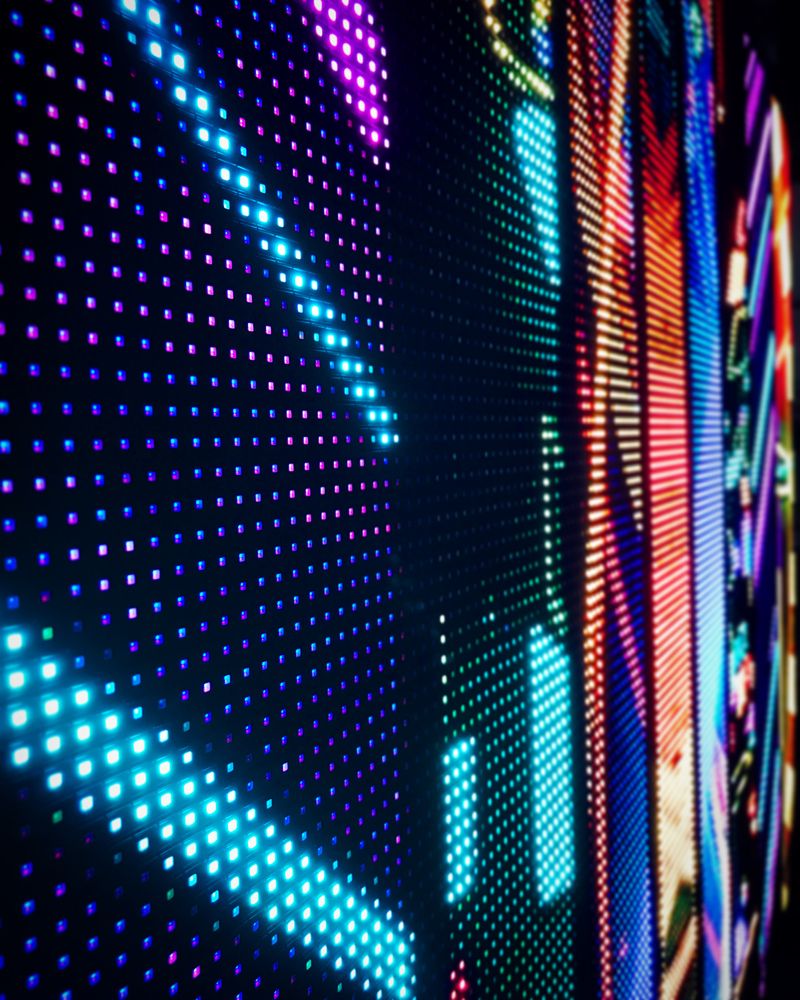Hue precision is essential for creating stunning visual displays, especially when employing LED screens. These massive displays are commonly found in places like concert venues, sports arenas, and advertising billboards. When the hues on an LED wall are not correct, the visuals can look dull or warped, which can impact the overall impression for audiences. Therefore, perfecting color accuracy in LED screen tuning is vital for attaining lively and realistic images.
The initial step in guaranteeing color precision is comprehending how LED systems works. LEDs, or light-emitting diodes, produce light in multiple colors by combining red, green, and blue (RGB) light. Each dot on an LED screen is made up of these three hues. When tuned properly, the mix of RGB can produce a broad range of hues. However, if one hue is too intense or too faint, it can distort the entire screen. This is why tuning is necessary to balance the colors and reach the intended graphic result.
Calibration entails modifying the settings of the LED wall to make sure that the colors shown match the initial material as nearby as possible. This procedure typically includes using specific software and hardware tools. Technicians frequently use color measurement devices, such as spectrophotometers, to examine the colors being shown. By comparing the assessed hues to benchmark color values, they can make exact adjustments. This guarantees that the hues are not only vibrant but also uniform across the whole screen.
Another crucial factor of color accuracy is comprehending the environment in which the LED screen is employed. Factors such as surrounding light can considerably impact how hues appear. For instance, Get More Information a well-lit lit room may wash out hues, making them look less lively. To counteract this, technicians may modify the brightness and differentiation configurations of the LED wall. Additionally, they may select specific color settings that are better suited for various lighting environments. This adaptability helps maintain color precision regardless of the observing environment.
Finally, regular upkeep and re-tuning are essential for keeping an LED screen looking its finest. Over time, the performance of LEDs can alter due to elements like aging and temperature fluctuations. Frequent checks and adjustments can help guarantee that the hues remain accurate and vibrant. By investing time in appropriate calibration and maintenance, venues can offer viewers with stunning graphic presentations that enhance their overall impression. Mastering color accuracy in LED screen calibration is not just a technical job; it is an expertise that contributes to the wonder of graphic narration.

Comments on “Perfecting Hue Accuracy in Light Emitting Diode Wall Adjustment for Stunning Visual Presentations”